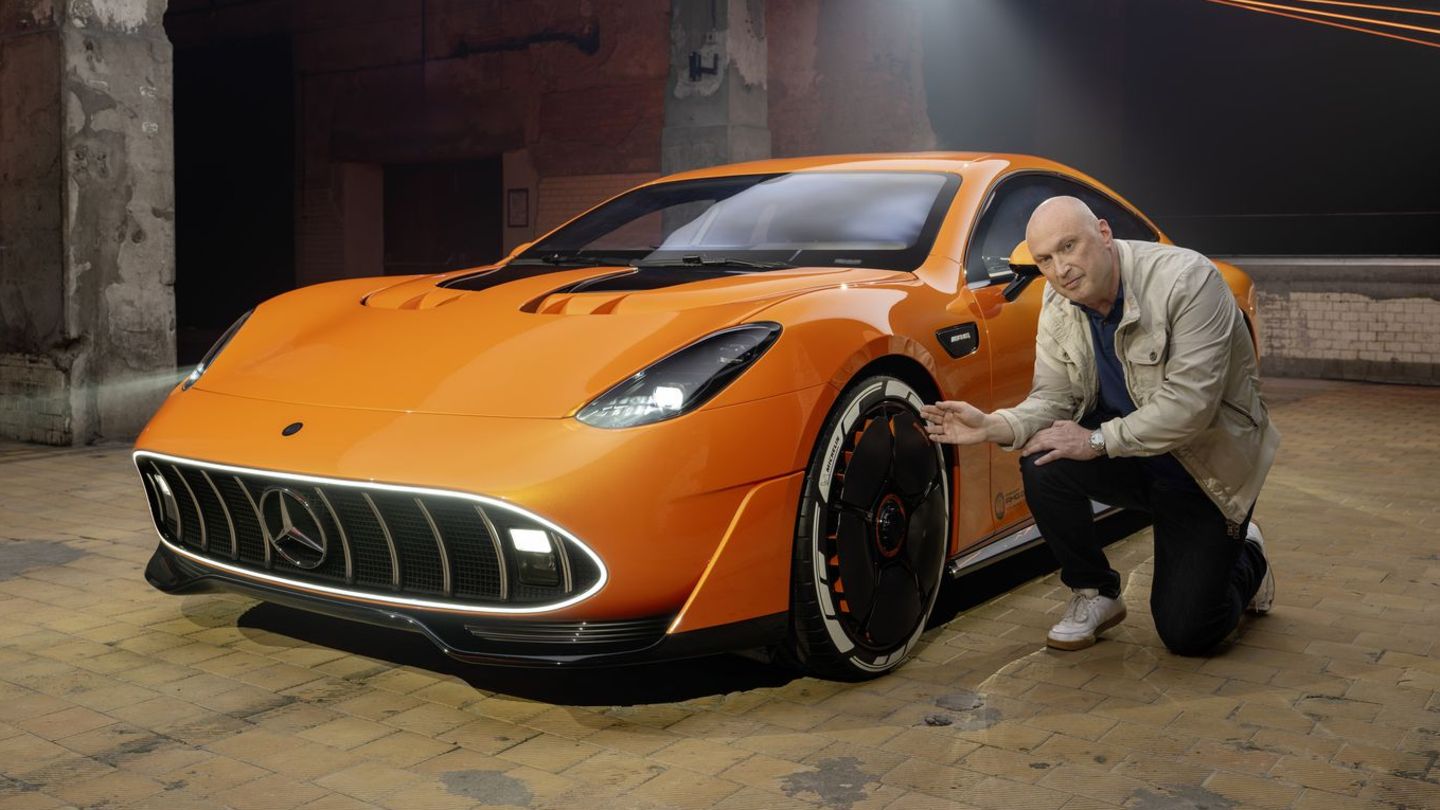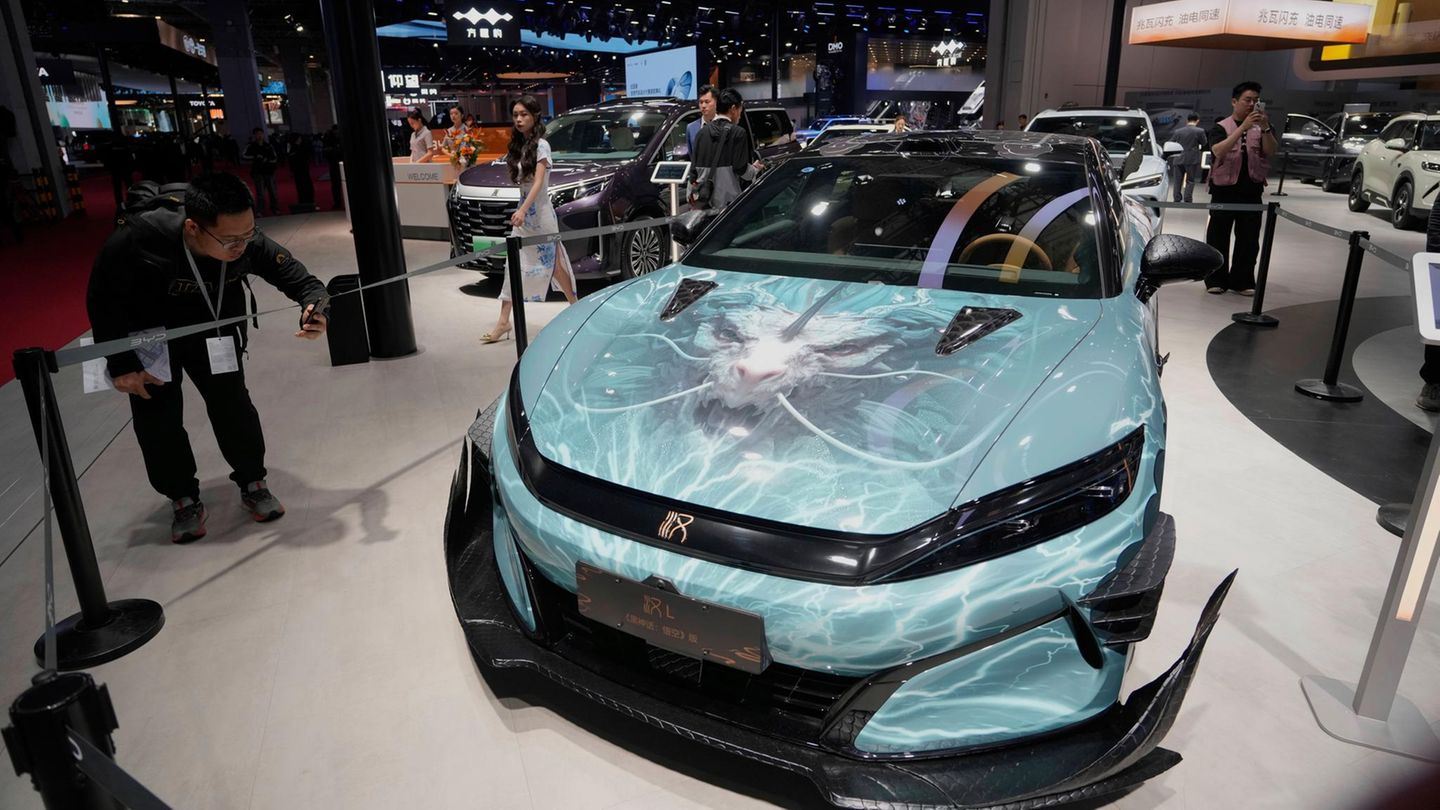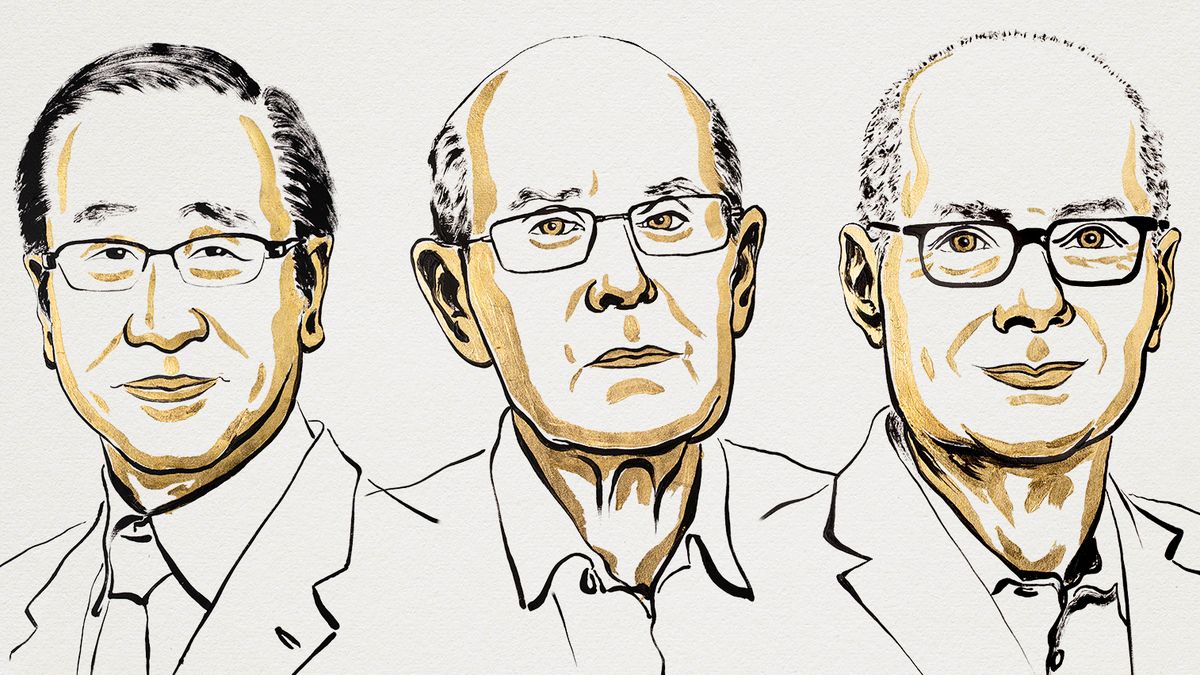Solid-State Battery
1500 km range, 12 minutes: BYDS “Wunderku” even exceeds diesel
Copy the current link
Add to the memorial list
From 2030, E-Auto giant BYD plans to go with a solid-state battery in mass production that exceeds everything that has been built so far. It would be a breakthrough for e-mobility.
Again and again news of miracle batteries are circulating – but the path from technical breakthroughs in the laboratory to series production is long. The replacement of lithium-ion batteries by lithium iron phosphate batteries takes place. The progress is clearly noticeable here, but still gradually. BYD battery and e-car giant now faces a quantum leap. The Chinese company already has test vehicles driving with a so-called Solid-State Battery (SSB).
These batteries are considered key technology in order to make electromobility for new areas such as long -distance trips and heavy commercial vehicles competitive.
Solid-State batteries far superior
Battery of this type exceed everything that has been built so far. The difference between solid-state batteries and conventional liquid systems, as used in current lithium-ion batteries, is crucial: Solid-State batteries use a solid electrolyte, such as ceramic or polymer, instead of a liquid. This gives you a higher energy density, faster loading times, higher security due to lower risk of fire and a longer lifespan. With cars you can confidently say: these batteries will survive the rest of the vehicle.
The solid structure of the SSB enables a more compact design, a great advantage in mobile systems such as a car – less decisive for stationary batteries. The BYD vehicles with SSB should reach a range of 1500 kilometers and be 80 percent invited in just twelve minutes-provided the charger delivers the required current. With this technique, not only would all previous electric cars be outlawed, the traditional diesel would also be put in the shade. With a tank filling, up to 900 kilometers are possible for diesel series models.
From 2030 in a row
You can’t buy such vehicles yet. The production is scheduled to start in 2027, mass production 2030. The company has half -heartedly denied the reports and explains that there is still no official confirmation for this data. However, BYD had previously announced that they wanted to offer “liquid and solid batteries at the same price” by the end of the decade. That would be the news with the greatest explosive power. Football batteries should cost as much as the current liquid lithium-ion batteries. This would not only reduce the costs for electric vehicles, but also democratize access to state -of -the -art battery battery technology for the mass market.
The main advantage of the SSB is its high energy density. The battery should be able to save 400 watt hours per kilogram of weight, approximately twice the current lithium-ion batteries. That would revolutionize the battery technique as a whole. Then systems with high electricity consumption – trains, heavy trucks and construction machinery – could also be electrified and a solid range could also achieve. The technology will also find its way into smaller batteries, for example in household appliances and tools. SSBS will set new standards, especially in the area of micromobility-e-scooter, e-bikes, drones-SSBS.
Old technology becomes worthless
However, BYD is not the only one to work on solid batteries. For over twelve years, manufacturers have been trying to build functional batteries with this promising technology. Mercedes and BMW also recently presented test vehicles. The rapid progress in storage technology is a blessing for the global energy transition, since it enables fossil fuels in many areas through electricity.
But the speed of innovation brings problems: vehicles that work with today’s technology are outdated overnight as soon as such powerful alternatives become available. In addition, the fast development manufacturers presents the challenge of adapting existing production facilities and supply chains to the new technologies, which requires high investments.
Over 1,300 PS: Mercedes presents its previously strongest hypercar

The Concept AMG GT XX heralds a new era
© Deniz Calagan
More
Open the image subtitle
Back
Further
Can the West too cheap?
The current news shows that the time of waiting for the miracle battery comes to an end. The Chinese are not unchallenged. However, unlike BMW and Mercedes, BYD also offers very cheap vehicles for the mass market. In China, the Seagull model costs less than 10,000 euros. The announced price level is ambitious. The prices for fluid batteries will continue to decrease, but the “Wunderku” should not be more expensive than today’s models. If you take BYD at the word, it will also be available in cars that cost between 10,000 and 25,000 euros.
Here the question arises: Even if the established manufacturers from the West can go along technologically, will you reach the price level of the Chinese? Nobody reaches the market power of BYD, including because BYD offers not only cars but also pure storage solutions. But growth is also dizzying in the automotive: in 2024 the company sold 4.27 million electric vehicles, in 2023 it was 3.02 million – an increase of 41.3 percent.
Cheap electricity storage of the new generation could provide BYD another competitive advantage. In emerging countries, where price and reach are decisive purchase criteria, and even in established markets, established manufacturers could lose customers with a high pricing policy.
Source: Stern
I’m a recent graduate of the University of Missouri with a degree in journalism. I started working as a news reporter for 24 Hours World about two years ago, and I’ve been writing articles ever since. My main focus is automotive news, but I’ve also written about politics, lifestyle, and entertainment.




